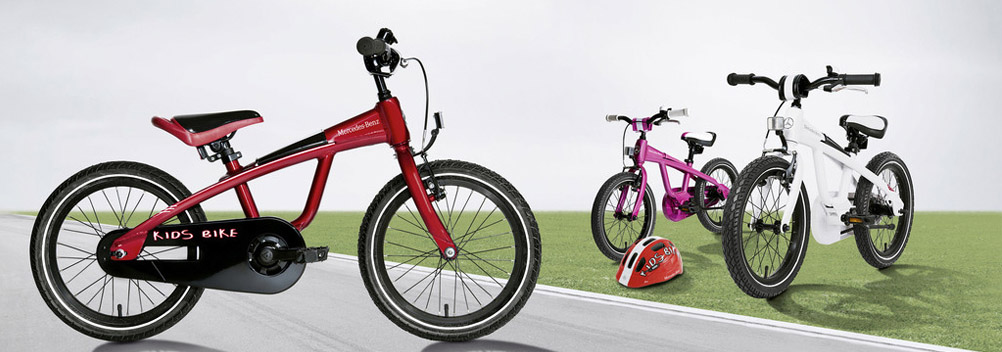Modern bicycle brakes may be: rim brakes, in which friction pads are compressed against the wheel rims; internal hub brakes, in which the friction pads are contained within the wheel hubs; or disc brakes, with a separate rotor for braking. Disc brakes are more common for off-road bicycles, tandems and recumbent bicycles than on road-specific bicycles.
A front disc brake, mounted to the fork and hubWith hand-operated brakes, force is applied to brake levers mounted on the handlebars and transmitted via Bowden cables or hydraulic lines to the friction pads. A rear hub brake may be either hand-operated or pedal-actuated, as in the back pedal coaster brakes which were popular in North America until the 1960s, and are common in children's bicycles.
Track bicycles do not have dedicated brakes. Brakes are not required for riding on a track because all riders ride in the same direction around a track which does not necessitate sharp deceleration. Track riders are still able to slow down because all track bicycles are fixed-gear, meaning that there is no freewheel. Without a freewheel, coasting is impossible, so when the rear wheel is moving, the crank is moving. To slow down, the rider applies resistance to the pedals – this acts as a braking system which can be as effective as a friction-based rear wheel brake, but not as effective as a front wheel brake.[30]




